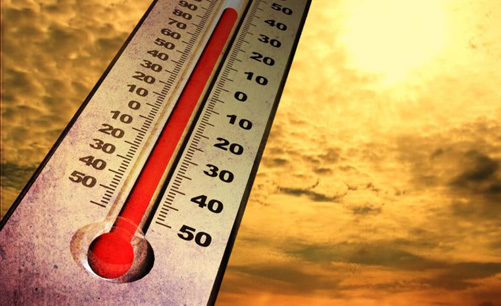
It doesn’t take much to overheat your body when it’s hot out. Even if you dress appropriately, hydrate regularly and avoid peak sun hours, you still might find yourself suffering from heat-related illnesses.
Since there are various levels of severity involved with heat-related illness, it may be a good time to review common symptoms. This way you’ll know when to take it slow and hydrate, and when to see a doctor.
Issue
|
Symptoms
|
What To Do
|
Heat stroke
|
- High body temperature (103°F or higher)
- Hot, red, dry, or damp skin
- Fast, strong pulse
- Headache
- Feeling dizzy
- Nausea
- Feeling confused
- Losing consciousness (passing out)
|
- Call 911 right away- heat stroke is a medical emergency
- Move the person to a cooler place
- Help lower the person’s temperature with cool cloths or a cool bath
- Do not give the person anything to drink
|
Heat exhaustion
|
- Heavy sweating
- Cold, pale, and clammy skin
- Fast, weak pulse
- Nausea or vomiting
- Muscle cramps
- Feeling tired or weak
- Feeling dizzy
- Headache
- Fainting (passing out)
|
- Move to a cool place
- Loosen your clothes
- Put cool, wet cloths on your body or take a cool bath
- Sip water
Get medical help right away if:
- You are throwing up
- Your symptoms get worse
- Your symptoms last longer than 1 hour
|
Heat cramps
|
- Heavy sweating during intense exercise
- Muscle pain or spasms
|
- Stop physical activity and move to a cool place
- Drink water or a sports drink
- Wait for cramps to go away before you do any more physical activity
Get medical help right away if:
- Cramps last longer than 1 hour
- You’re on a low-sodium diet
- You have heart problems
|
Sunburn
|
- Painful, red, and warm skin
- Blisters on the skin
|
- Stay out of the sun until your sunburn heals
- Put cool cloths on sunburned areas or take a cool bath
- Put moisturizing lotion on sunburned areas
- Do not break blisters
|
Heat rash
|
Red clusters of small blisters that look like pimples on the skin (usually on the neck, chest, groin, or in elbow creases) |
- Stay in a cool, dry place
- Keep the rash dry
- Use powder (like baby powder) to soothe the rash
|
Source:www.cdc.gov
